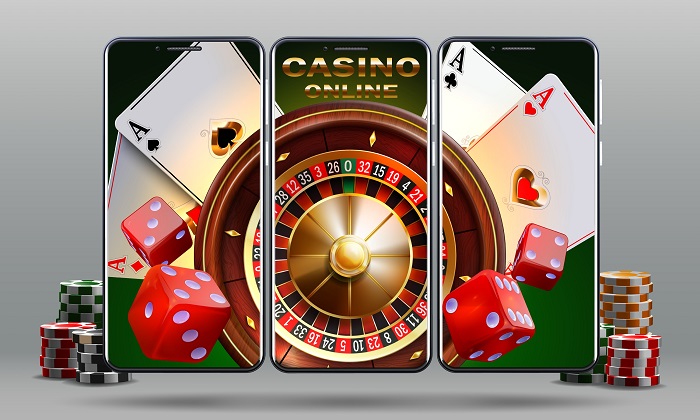Deal or No Deal: Unlocking the Secrets of Card Game Dynamics
Card games have always held a special allure, captivating players with their blend of strategy, chance, and suspense. Among these, “Deal or No Deal” stands out as a game of both luck and decision-making prowess. Originating as a television game show, it has since been adapted into various formats, including card games. Behind its seemingly simple premise lies a complex interplay of psychology, probability, and human behavior.
At its core, “Deal or No Deal” revolves around the cardgameszone.com concept of risk versus reward. Players are presented with a series of sealed briefcases, each containing a hidden amount of money. Through a process of elimination, they must select cases to reveal their contents, gradually narrowing down the possibilities. Along the way, they receive offers from a hypothetical banker, who proposes sums of money to buy out their case. The tension builds as players weigh the potential value of their own case against the uncertainty of what lies within.
One of the key dynamics of the game lies in its structure of uncertainty. With each case opened, players gain more information about the distribution of money remaining in play. This information asymmetry fuels speculation and strategic thinking, as players attempt to deduce the likely contents of their own case and those of their opponents. However, the inherent randomness ensures that certainty remains elusive, keeping players on edge until the final reveal.
Psychologically, “Deal or No Deal” taps into concepts such as loss aversion and the endowment effect. Players often become emotionally attached to their chosen case, overvaluing its potential worth and hesitating to let go, even in the face of enticing offers. Conversely, the fear of losing out on a larger prize can drive players to take risks, leading to moments of high drama and unexpected outcomes.
The role of the banker adds another layer of intrigue to the game. While ostensibly a neutral party, the banker’s offers are calculated to exploit players’ tendencies towards risk aversion or greed. By adjusting the offers based on perceived player behavior, the banker becomes a strategic adversary, tempting players to second-guess their instincts and question their resolve.
In the realm of probability, “Deal or No Deal” offers a rich field for analysis. Mathematicians and statisticians have devised strategies to optimize decision-making, taking into account factors such as expected value and probability distributions. These insights can inform players’ choices, guiding them towards more rational outcomes amidst the chaos of chance.
Ultimately, the enduring appeal of “Deal or No Deal” lies in its fusion of entertainment and intellectual challenge. Whether played on television screens or around a card table, it continues to captivate audiences with its blend of suspense, strategy, and psychology. In unlocking the secrets of its dynamics, players uncover not only the thrill of the game but also insights into the complexities of human decision-making.

